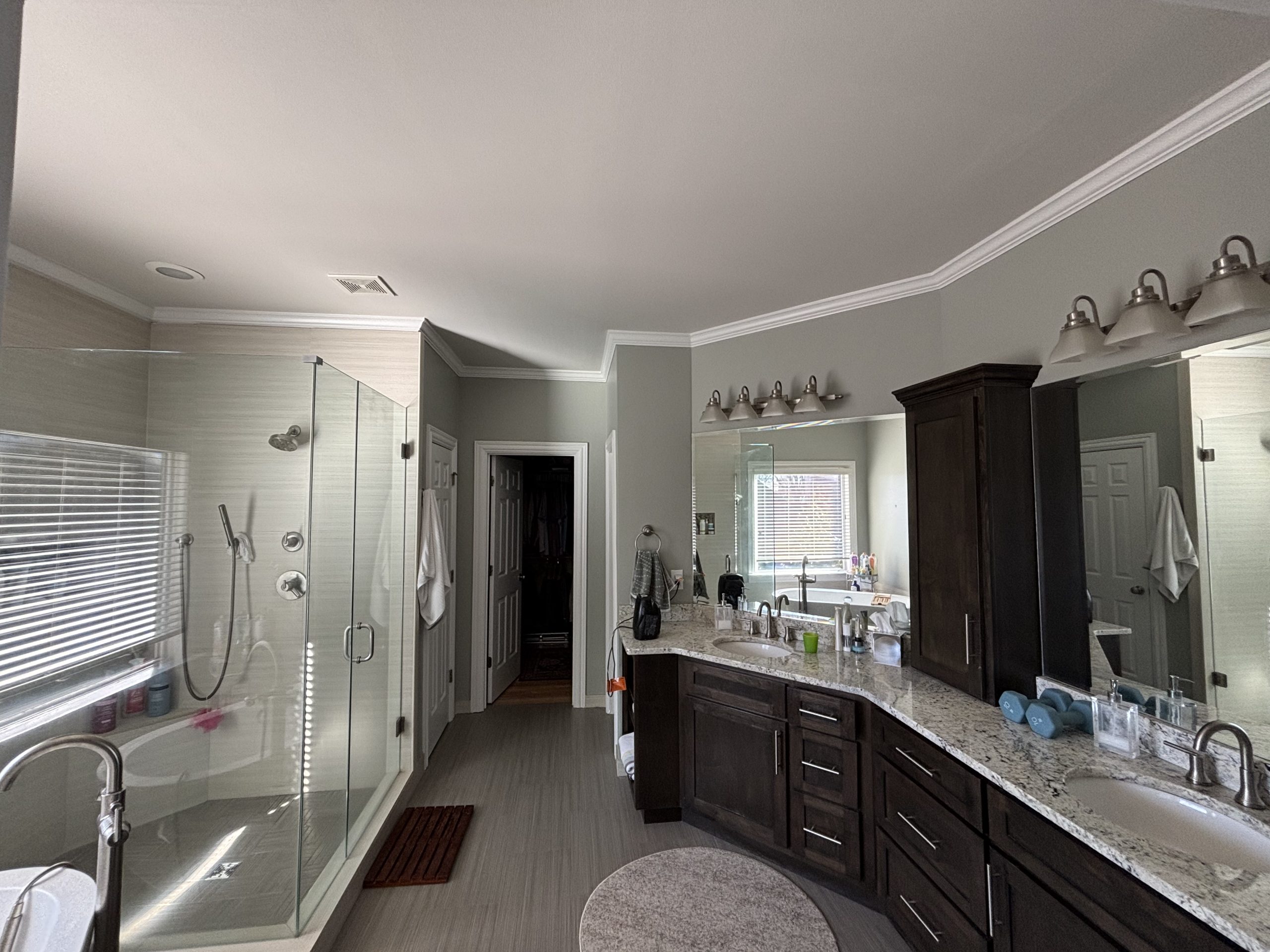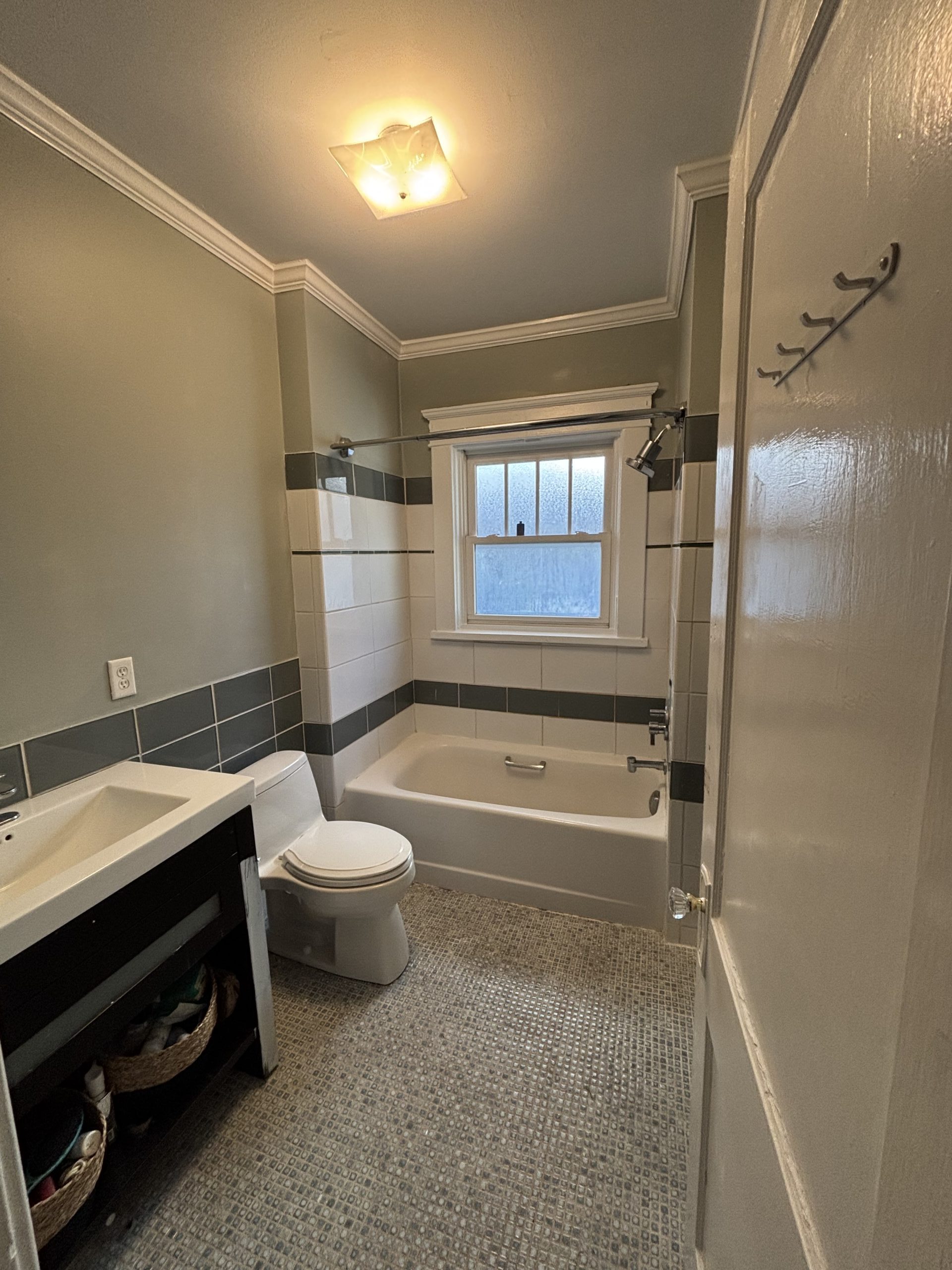Introduction
When it comes to maintaining and enhancing the beauty of your home, few projects yield as significant an impact as exterior painting. It's not just about aesthetics; it's a protective measure for your house against nature’s elements. If you're wondering when to schedule your next exterior painting project, you’re in the right place. This comprehensive guide will walk you through every aspect of timing your exterior paint job, ensuring that you make the best decision possible for your home.
When to Schedule Your Next Exterior Painting Project
Determining when to schedule your next exterior painting project is pivotal for achieving optimal results. The timing can affect everything from paint adhesion to the longevity of the paint job. Here are some key factors to consider:
Understanding Weather Conditions
- Temperature: Most paints require specific temperature ranges for optimal application. Scheduling during mild weather (typically between 50°F and 85°F) is ideal. Humidity: High humidity can cause paint not to dry properly, leading to peeling and bubbling later on.
Seasonal Considerations
- Spring: This season is often considered the best time for exterior painting, as temperatures rise and rain becomes less frequent. Summer: While it is warm and dry, be cautious of extreme heat which could result in quicker drying times than desired. Fall: Another excellent option, as temperatures cool down but are still favorable for paint application. Winter: Generally not recommended due to cold temperatures and potential snow or frost.
Local Climate Factors
Every region has its unique climate patterns. For instance:
- Coastal areas might have high humidity levels that affect drying times. Dry climates may allow for quicker drying but increase the risk of paint fading due to intense UV exposure.
Inspection Timeline
It’s essential to inspect the condition of your home’s exterior regularly. Look for signs such as:
- Peeling or chipping paint Cracks in walls or surfaces Mold or mildew build-up
Scheduling your next project after conducting these inspections will ensure that you address any underlying issues before applying fresh paint.

Choosing the Right Timeframe
After determining seasonal conditions, you’ll want to establish a timeframe based on various aspects of your life and home maintenance needs.
Personal Schedule Alignment
Consider personal commitments like vacations or major events in your life. Aligning these with your painting schedule avoids disruption.
Contractor Availability
Popular seasons may mean that local painting contractors are booked solid. Start planning early; this way, you can secure a reputable company without delays.
Why Timing Matters in Exterior Painting Projects
Timing isn’t merely a matter of convenience; it can significantly impact the quality and durability of your work. Here's how.

Paint Adhesion Quality
Applying paint under proper conditions ensures optimum adhesion, which means fewer touch-ups down the line.
Longevity of Paint Job
Exterior paints typically last anywhere from five to ten years depending on weather exposure Painting contractors and quality. Proper timing contributes directly to maximizing this lifespan.
Factors Influencing Your Decision-Making Process
Understanding external factors that influence when to schedule your next exterior painting project is crucial:
Homeowner Goals and Preferences
What are you hoping to achieve with this new coat? Whether it's curb appeal or protection from elements, understanding goals helps determine urgency.
Budget Considerations
Is there a budget constraint? The cost may vary by season due to demand fluctuations among painting companies. Off-peak times might save you some cash!
Consulting with Professional Painters & Contractors
Engaging with expert painters and contractors provides valuable insights into scheduling based on their experience with similar projects:
Finding Local Painting Companies
Look for reputable painting companies in your area that can provide estimates and consultation services tailored specifically for exterior jobs.
Getting Quotes from Multiple Contractors
Once you've identified potential contractors, get multiple quotes! This not only helps with budgeting but also allows you to gauge who understands your needs best regarding scheduling flexibility.
Preparation Steps Before Scheduling Your Exterior Paint Job
Before finalizing when you'll tackle that exterior painting project, preparation is key!
Conducting Surface Preparations
Proper surface preparation involves cleaning walls, sanding down rough spots, filling cracks, etc., which should ideally happen before scheduling any work with contractors.
Choosing Paint Types Wisely
Different types of paints (latex vs. oil-based) may have distinct requirements concerning temperature and drying times—ask your contractor for recommendations based on local conditions!
Common Mistakes Homeowners Make When Scheduling Exterior Painting Projects
Knowing what traps others fall into can save you frustration! Here are some common missteps:
Ignoring Weather Forecasts
Failing to check long-term forecasts before starting can lead into unanticipated delays caused by rain or storms!
Rushing Decisions
Don’t rush! Take time researching options rather than jumping into whatever seems available at first glance—quality counts!
FAQ Section
1. What is the best time of year for exterior painting?
The best time typically falls either in spring or fall when temperatures are mild without high humidity levels affecting application quality.
2. How do I know if my house needs repainting?
Look for cracks, peeling paint, fading color, or mold—these signs indicate it’s time! Regular inspections help catch these issues early too!
3. Can I paint my house myself?
Absolutely! But hiring professional painters ensures better results—especially if working at heights or dealing with tricky surface preparations concerns arise!
4. Does weather really affect how long my paint lasts?
Yes! Extreme conditions (too hot/cold/moist) during application directly impact adhesion/durability—timing matters!
5. How long does an exterior painting job take?
Typically around 3–7 days depending on size/complexity—consult contractors beforehand for estimates tailored specifically towards individual projects!
6. Is it worth investing in high-quality paint?
Definitely! Quality paints offer better coverage/longevity compared low-cost alternatives saving money over time through reduced maintenance needs/repainting frequency!
Conclusion
In conclusion, knowing "when to schedule your next exterior painting project" requires thoughtful consideration of weather conditions, personal schedules, inspection outcomes, contractor availability & more! By aligning all these elements effectively while consulting skilled professionals along the way—you'll set yourself up not just for success but also sustainability regarding upkeep moving forward! So go ahead; start planning today—it’s always just around the corner until it becomes reality!